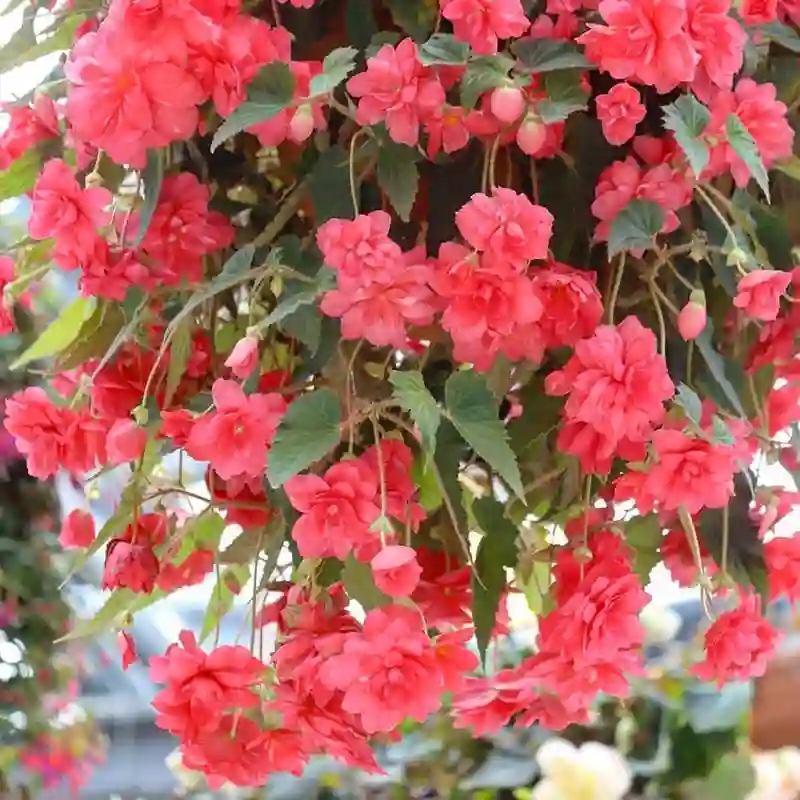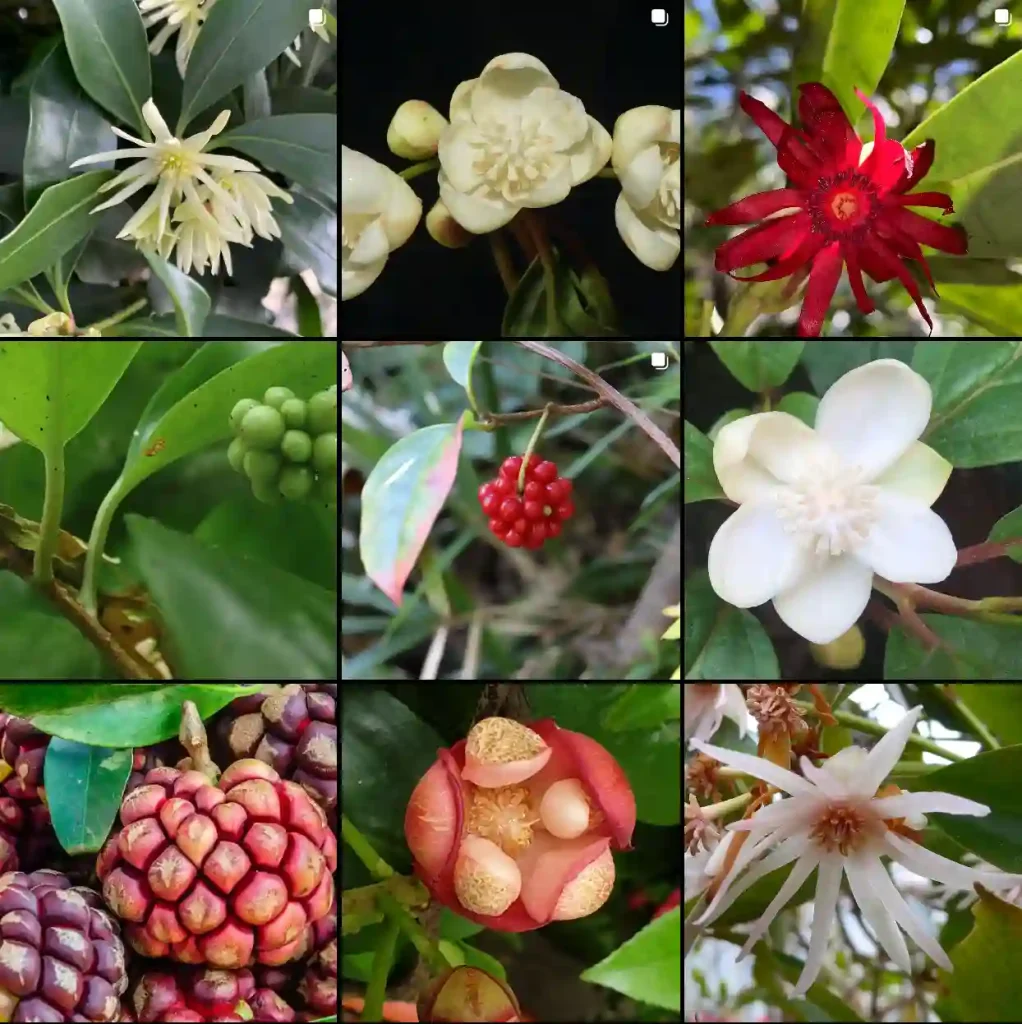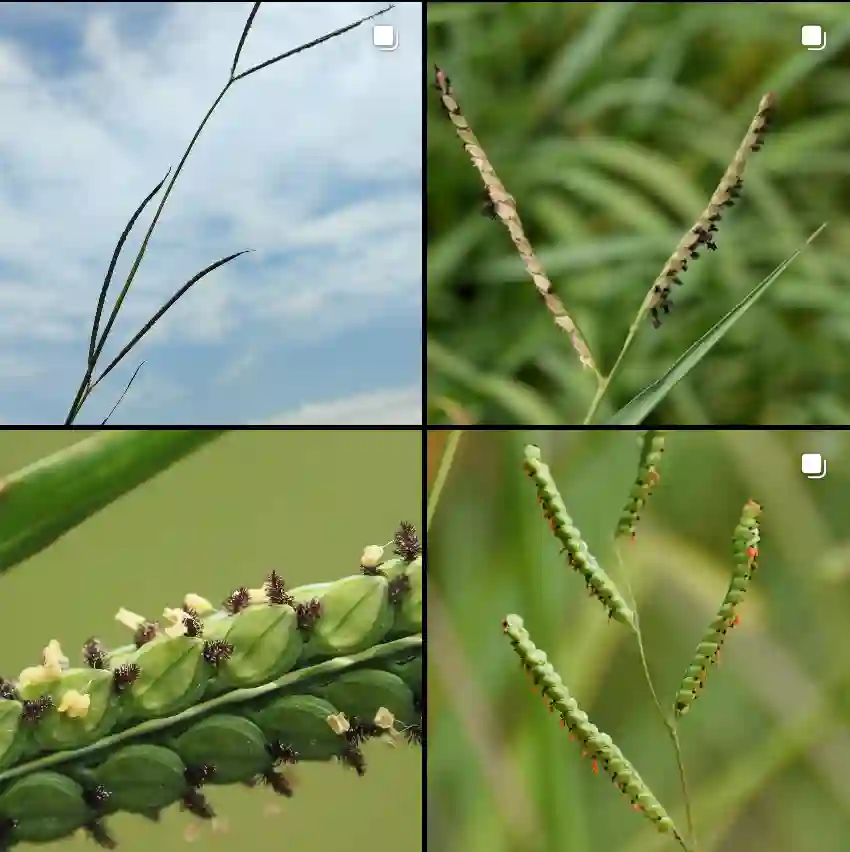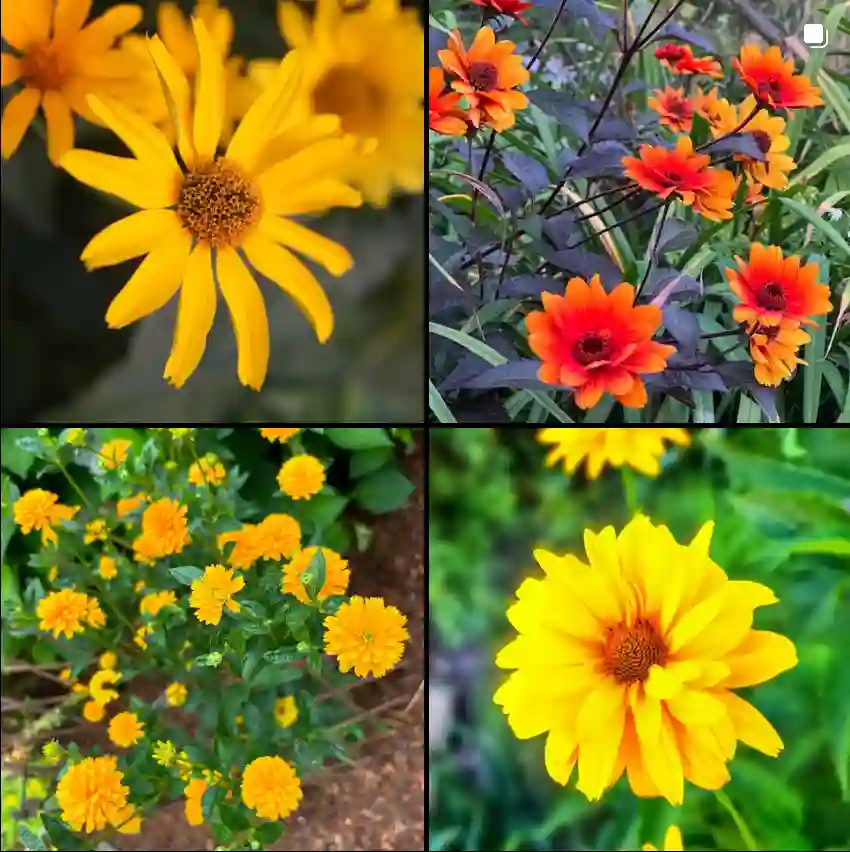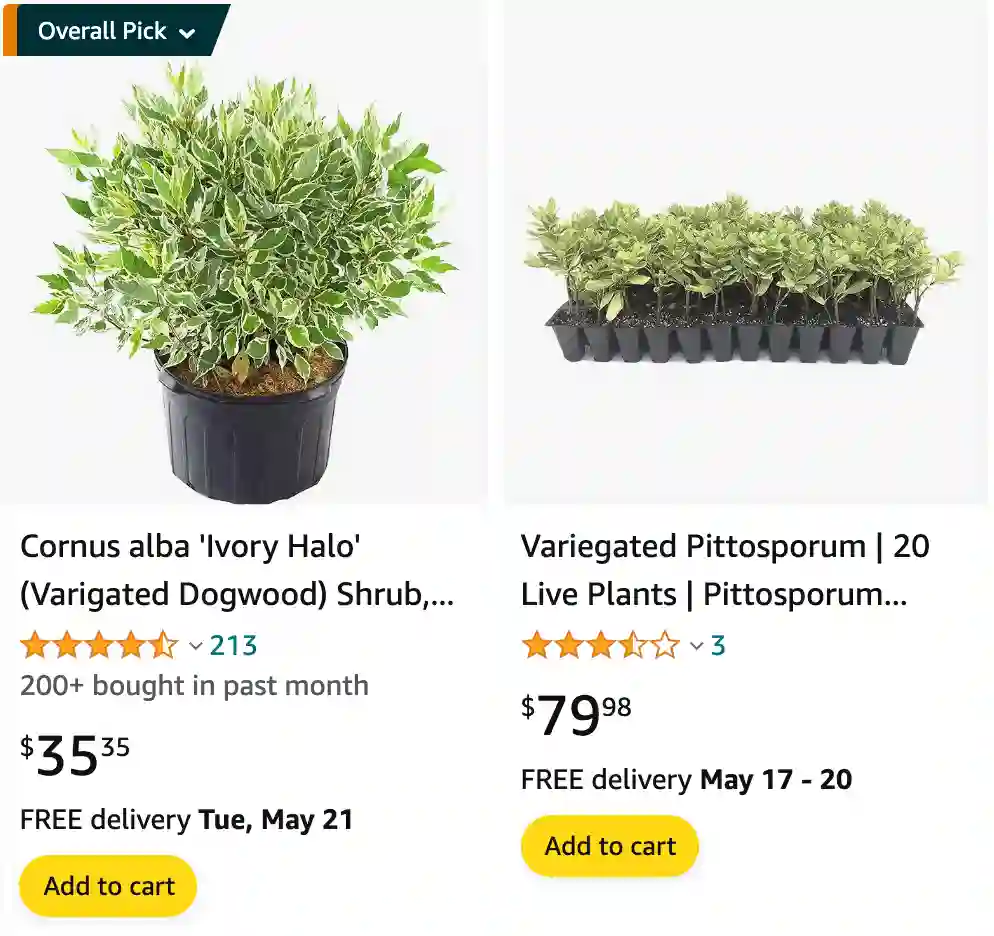
Pittosporum Tenuifolium vs Tobira
I find Pittosporum Tenuifolium’s delicate, wavy leaves and light fragrance more captivating, while Tobira’s robust, leathery leaves and strong scent feel a bit overwhelming for my garden.
256 Species in Genus Pittosporum
How fast does pittosporum tenuifolium grow?
Pittosporum tenuifolium, commonly known as Kohuhu or Silver Sheen, is a relatively fast-growing evergreen shrub. Under optimal conditions, it can grow at a moderate rate of about 12 to 24 inches (30 to 60 centimeters) per year.
How tall does pittosporum tenuifolium grow?
Pittosporum tenuifolium can reach a height of about 10 to 20 feet (3 to 6 meters) tall at maturity, with a spread of 6 to 10 feet (2 to 3 meters). However, its ultimate height can vary depending on factors such as growing conditions, climate, and pruning practices.
How to prune pittosporum tenuifolium?
Pruning Pittosporum tenuifolium is relatively simple:
- Timing: Prune in late winter to early spring before new growth emerges. Avoid heavy pruning during the growing season, as it may affect flowering and overall growth.
- Remove Dead or Diseased Branches: Trim away any dead, damaged, or diseased branches using clean, sharp pruning shears.
- Shape: Trim back long, straggly branches to maintain a compact and tidy shape. You can also lightly prune to encourage bushier growth.
- Thinning: Thin out overcrowded or crossing branches to improve airflow and sunlight penetration throughout the canopy.
Is pittosporum tenuifolium deer resistant?
Pittosporum tenuifolium is considered deer resistant due to its leathery leaves, which are less palatable to deer compared to softer foliage. However, in times of extreme hunger or when other food sources are scarce, deer may still browse on Pittosporum foliage.
Is pittosporum tenuifolium poisonous to dogs?
Pittosporum tenuifolium is not listed as toxic to dogs by the American Society for the Prevention of Cruelty to Animals (ASPCA). However, ingesting large quantities of any plant material may cause gastrointestinal upset in dogs. It’s always best to monitor pets around plants and contact a veterinarian if ingestion is suspected.
How to plant pittosporum tenuifolium?
To plant Pittosporum tenuifolium:
- Choose Location: Select a location with well-draining soil and full to partial sunlight. Pittosporum tenuifolium can tolerate a range of soil types but prefers slightly acidic to neutral pH.
- Dig Hole: Dig a hole twice as wide and as deep as the root ball of the plant.
- Amend Soil: Mix organic matter such as compost into the backfilled soil to improve fertility and drainage.
- Planting: Place the plant in the hole, ensuring that the top of the root ball is level with the surrounding soil surface.
- Backfill: Fill in the hole with soil and gently firm it around the base of the plant.
- Watering: Water thoroughly after planting to settle the soil and encourage root establishment.
- Mulching: Apply a layer of mulch around the base of the plant to retain moisture and suppress weeds.
When to prune pittosporum tenuifolium?
Prune Pittosporum tenuifolium in late winter to early spring before new growth begins. Avoid pruning during the active growing season, as it may affect flowering and overall growth. Minor shaping and maintenance pruning can be done throughout the year as needed.
How far apart to plant pittosporum tenuifolium?
Space Pittosporum tenuifolium plants about 6 to 10 feet (2 to 3 meters) apart to allow for adequate air circulation and accommodate their mature size. This spacing ensures that the plants have room to spread and grow without overcrowding.
Is pittosporum tenuifolium poisonous? Is pittosporum tenuifolium toxic to dogs?
Pittosporum tenuifolium is not generally considered poisonous to humans. However, there is limited information available regarding its toxicity to pets, including dogs. While Pittosporum tenuifolium is not listed as toxic to dogs by the American Society for the Prevention of Cruelty to Animals (ASPCA), ingestion of any plant material may still cause gastrointestinal upset in dogs. It’s essential to monitor pets around plants and contact a veterinarian if ingestion is suspected.
If i die, water my plants!
